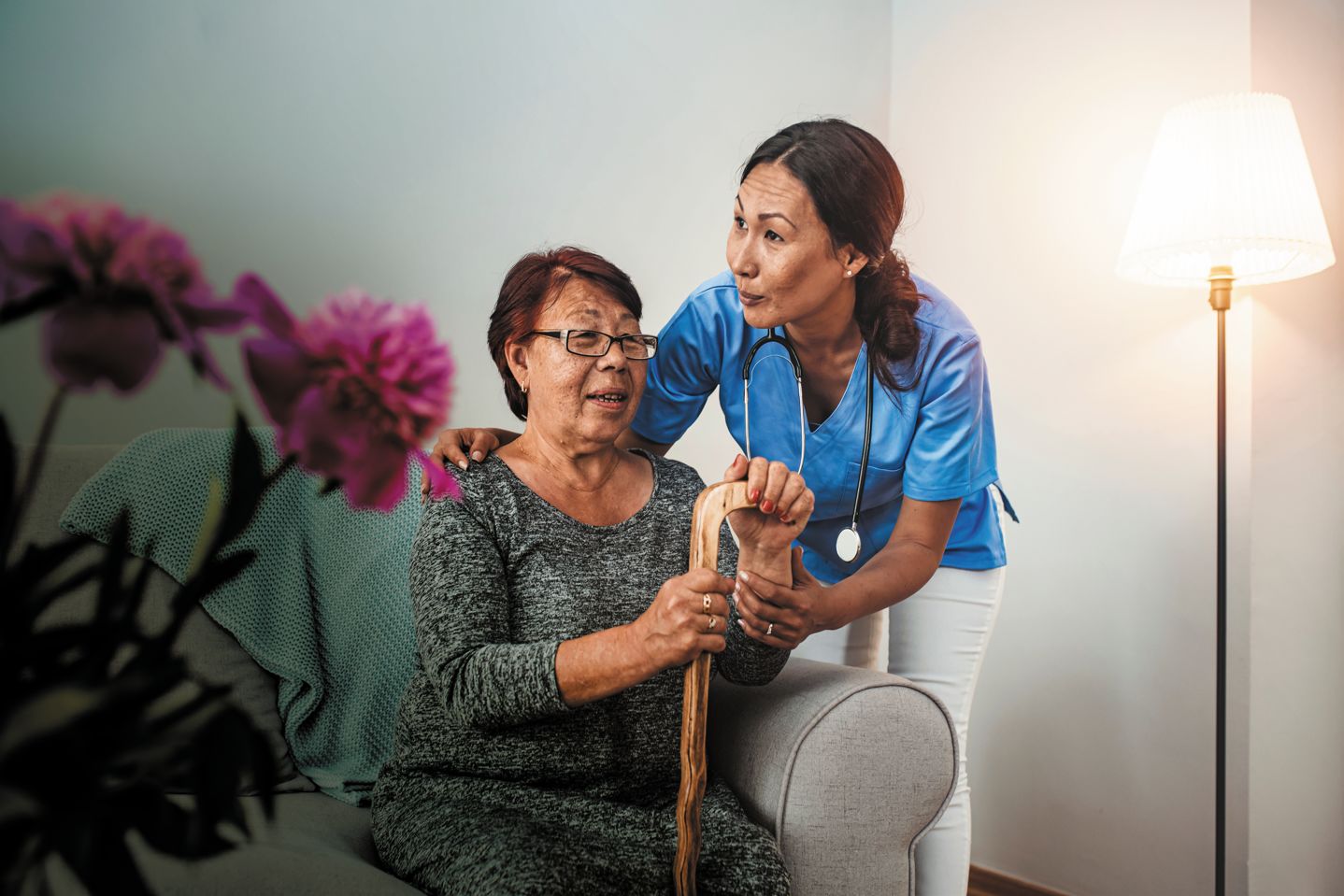Home care transformation
The home care system has had some big changes recently, with more on the way. So, what are they and how could they impact you or your loved ones?

Key elements of the new home care system
- Existing home care and support services will be rolled into one program offering a single assessment process and graduated levels of care and support.
- Home Care Packages, which currently give people a budget, will be replaced with allocated hours of care and support based on assessed need.
- Competition and flexibility will be opened up through changes to regulation to allow sole traders and others to operate as home care providers.
The federal government’s Home Care Packages Program has been designed to help older people with complex needs stay at home for longer and ease some of the pressure on the overwhelmed national residential aged care system.
The program has recently gone through a major overhaul, with further changes still to come.
What’s changed recently?
In April 2022, the Fair Work Commission made the decision to increase pay and improve conditions for workers, which will mean that home care service providers covered by the Social, Community, Home Care and Disability Services Industry (SCHADS) Award must now provide staff with a minimum shift of two hours—an increase on the previous one hour minimum.
The changes, which took effect from 1 July 2022, also include loadings for remote work, allowances for broken shifts, and compensation for cancelled shifts.
While National Seniors welcomes the improved pay and conditions for workers, these changes do not come without their challenges. Many home care providers are now having to restructure their service delivery arrangements, and some have increased their fees as a result.
The biggest concern is for smaller providers, who operate flexible services to accommodate clients who need short interventions. They may struggle to restructure their services to meet the two-hour minimum. This could push clients to use contract-based providers offering self-managed packages, who operate outside of the Award system as a way of keeping client costs down.
These changes aren’t the last, or the biggest, that we’ll see to the home care system. It is currently going through a major redesign, changing how the system will operate completely.
A draft integrated ‘Support at Home’ program was announced earlier this year and one of the key changes to be implemented will be a consolidation of services into a single system.
The Commonwealth Home Support Program (CHSP) and the Home Care Packages (HCP) program, with their own assessment processes, will be combined with other home care services into a single ‘Support at Home’ program.
This will mean older Australians and their families will have one entry point to the different services available to help them live safely at home. Those eligible will be provided with a single package of support based on an initial needs assessment, with ongoing review available to account for changes in circumstance.
While it is not yet clear whether this new model will be accepted across the board by the new government, it is likely many of its core design elements will form the basis of a new home care system from 1 July 2024.
Under the proposal, there will be a radical change to the way services are procured.
The current system of allocating a budget to individuals will be replaced by an allocation of care and support hours that can be ‘redeemed’ from home care providers to simplify costs and budgeting.
Rather than care and support prices being set by home care service providers, the government will set them instead, and providers will have to deliver the hours of care within that agreed price.
As one home care provider told us, “We will no longer compete on price—just quality. Initial thoughts are very positive.”
The change to this model will necessitate a new payment system to give providers quick and easy access to funds.
However, providers are concerned there will be insufficient time for them to adapt to the new arrangement. It appears the government has a lot of work still to do in setting prices before the 1 July 2024 implementation date.
Prices must be set correctly to avoid a situation where pricing doesn’t cover the cost of delivering a service, undermining provider viability. The Department of Health has signaled that additional funding will be available to meet markets where the cost of providing services is higher.
A separate fund will also be available for assistive technologies and devices for package recipients. This is important because there won’t be any capacity to save funds to purchase expensive equipment and home modifications, as is the case under the current system.
Under the reforms, there will be less regulation of care and support workers who perform low-risk tasks, like gardening.
It is expected this will reduce the costs of providing basic support activities and address the concerns of some National Seniors members who are critical of the cost and quality of domestic support they receive under the current HCP program.
As one member lamented, “I had gutters cleaned by a package provider and the quote of $350 for about an hour’s work was double the private sector quote...
Is it any wonder that I am now employing people directly?”
According to some media reports, the proposal to get rid of grant funding used to deliver particular services under the Commonwealth Home Support Program, has led some councils to withdraw from the program.
This could lead to possible service disruptions for clients who currently rely on community-based care services.
Moorabool Council in Victoria recently announced it would withdraw from delivering aged care and disability care services, claiming the reforms would make service delivery unworkable.
The Department of Health (DAH) wants to hear from older Australians to shape the new system. Your views are important, especially about direct experiences as a care recipient or carer, and will help ensure the new system is fit for purpose.
If you’d like to have your say on this and other aged care reforms, visit the DAH's Ageing and Aged Care Engagement Hub or learn more about the Support at Home program here.



